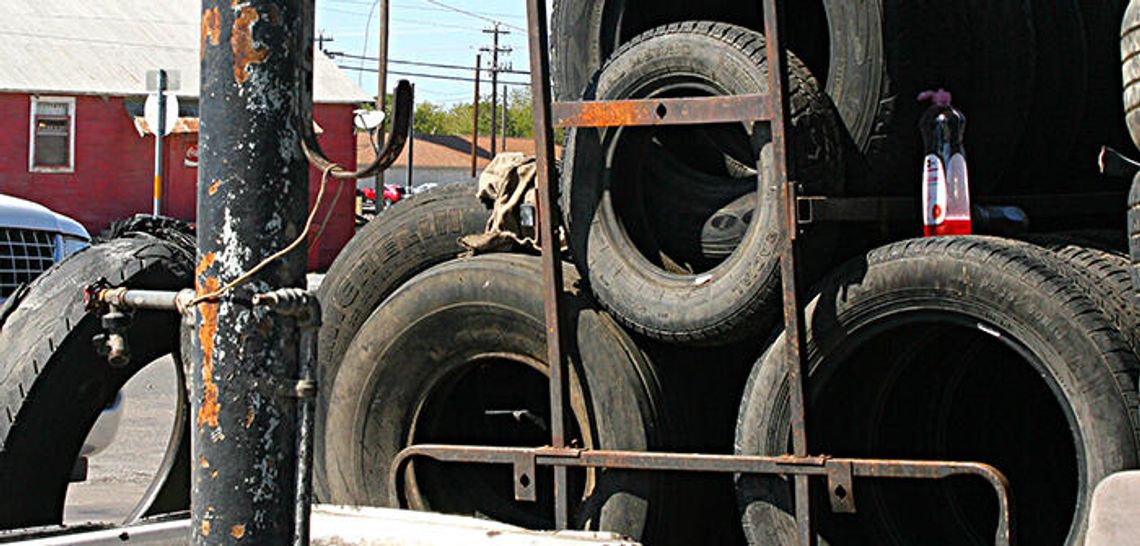[dropcap]L[/dropcap]et’s talk about recycled tires. Because more and more of them are being recycled, some problems are surfacing because of it. A report in a recent Recycling Today eNewsletter addressed some of these problems. Today we’ll hit the highlights in the first part of that report.
The report noted that although tire recycling has come a very long way, “… some of the end markets for scrap tires currently are facing difficulties, causing a sense of disruption in the overall market.“
The report noted that in 1984, less than 1 percent of all scrap tires were being recycled. Now, a little over 30 years later, almost 90 percent of them are processed for recycling. (That’s something that pleases us!)
However, not all the news is good. It appears there are “… government-related obstacles they are facing in several key end markets, including athletic turf and tire-derived fuel (TDF) – the single largest end market for tire processors in the U.S.”
Besides the large tire-derived fuel (TDF) market for shredded scrap tires, recycled tires are also used for crumb rubber and powdered rubber applications.
We find that “while some reusable or retreadable scrap tires are exported, the majority are processed within affordable hauling distance from where they are collected.”
It appears the processing of these recycled tires was helped by some states providing a incentive to collect these tires both in actual money per tire and/or in a tax credit. But the period for some of these programs is coming to an end.
A spokesperson said not all states are recognizing this: “It’s a real issue and they’ve got their heads in the sand.”
But even with this happening, “not all the news is bad in the TDF market.” A few months ago, a Chicago-based cement maker started up the plant at its Ada, Oklahoma, facility after a modernization project lasting three years.
Once this Ada cement plant is again in full operation, it will use more than 3 million scrap tires per year. The TDF fuel will replace about 20 percent of the current fossil fuel, coal and natural gas, used in the facility.
This modernization included “… a new kiln line designed to meet and exceed emission limits, improve operational performance and increase capacity to meet market growth.”
Additionally, another user of recycled tires in Colorado has good news regarding its progress in its “… scrap-tire-based waste-to-energy (WTE) operations. “
Its commercial scale pilot gasification unit has finished an independent testing phase. The company plans “… to present the results to the states where it has projects in development, with the goal of securing permits for these projects.”
Along with the independent test, the company also conducted its own tests and found the unit met or beat its own targets for efficiency, emissions, feedstock variability, and moisture content, among other goals.
Since the company has an operation in Texas, it is working to obtain a permit for scrap tire processing and storage with the TCEQ (Texas Commission on Environmental Quality). When approved, the permit would allow the plant to continue operating for at least five years.
The company “… has been producing WTE gasification systems for more than 20 years, with installations on three continents.” (Thus obviously, they know what they are doing.)
Ollie Maier is a local citizen concerned with the environment and with helping others. A retired Air Force fighter and instructor pilot, he is a graduate of Leadership San Marcos and received his degrees at Texas State University where he worked on staff before totally retiring.










